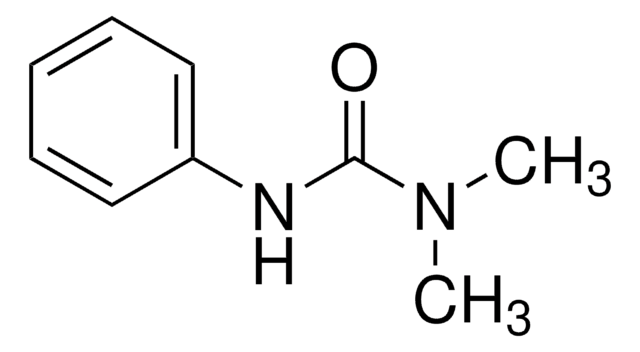Vero/hSLAM
4091501, African green monkey kidney, Fibroblast
Synonym(s):
Vero/hSLAM Cells
About This Item
Recommended Products
Product Name
Vero/hSLAM, from African green monkey kidney, 04091501, Convention on International Trade in Endangered Species of Wild Fauna and Flora (CITES)
biological source
African green monkey kidney
growth mode
Adherent
karyotype
Not specified
morphology
Fibroblast
products
Not specified
receptors
SLAM; also known as CDw150, a receptor for measles virus
technique(s)
cell culture | mammalian: suitable
shipped in
dry ice
storage temp.
−196°C
Cell Line Origin
Cell Line Description
Culture Medium
Subculture Routine
Other Notes
Choose from one of the most recent versions:
Certificates of Analysis (COA)
Sorry, we don't have COAs for this product available online at this time.
If you need assistance, please contact Customer Support.
Already Own This Product?
Find documentation for the products that you have recently purchased in the Document Library.
Our team of scientists has experience in all areas of research including Life Science, Material Science, Chemical Synthesis, Chromatography, Analytical and many others.
Contact Technical Service





